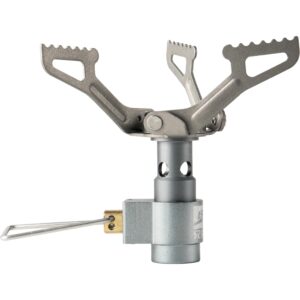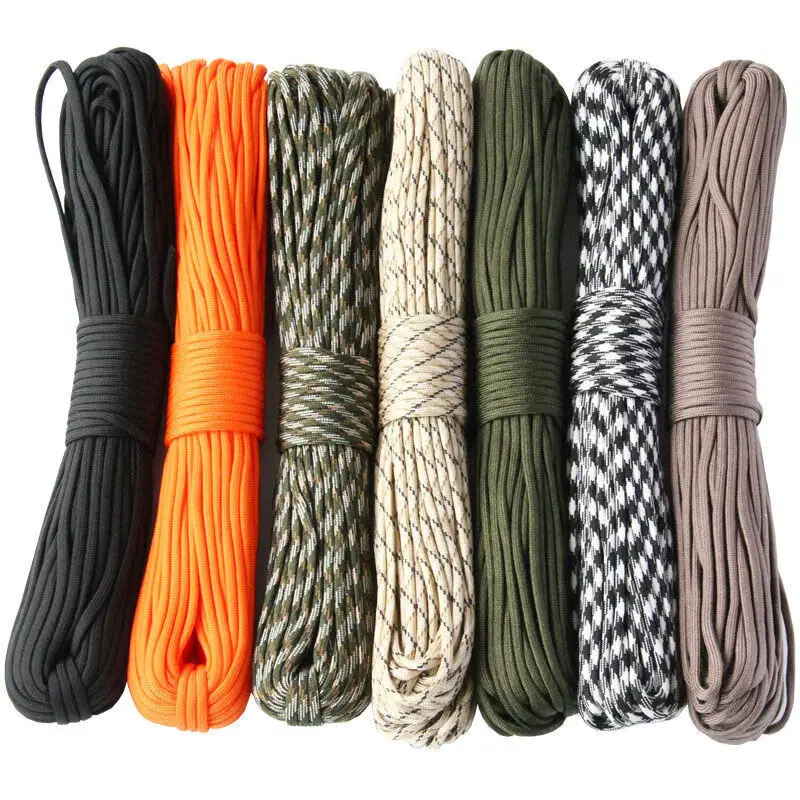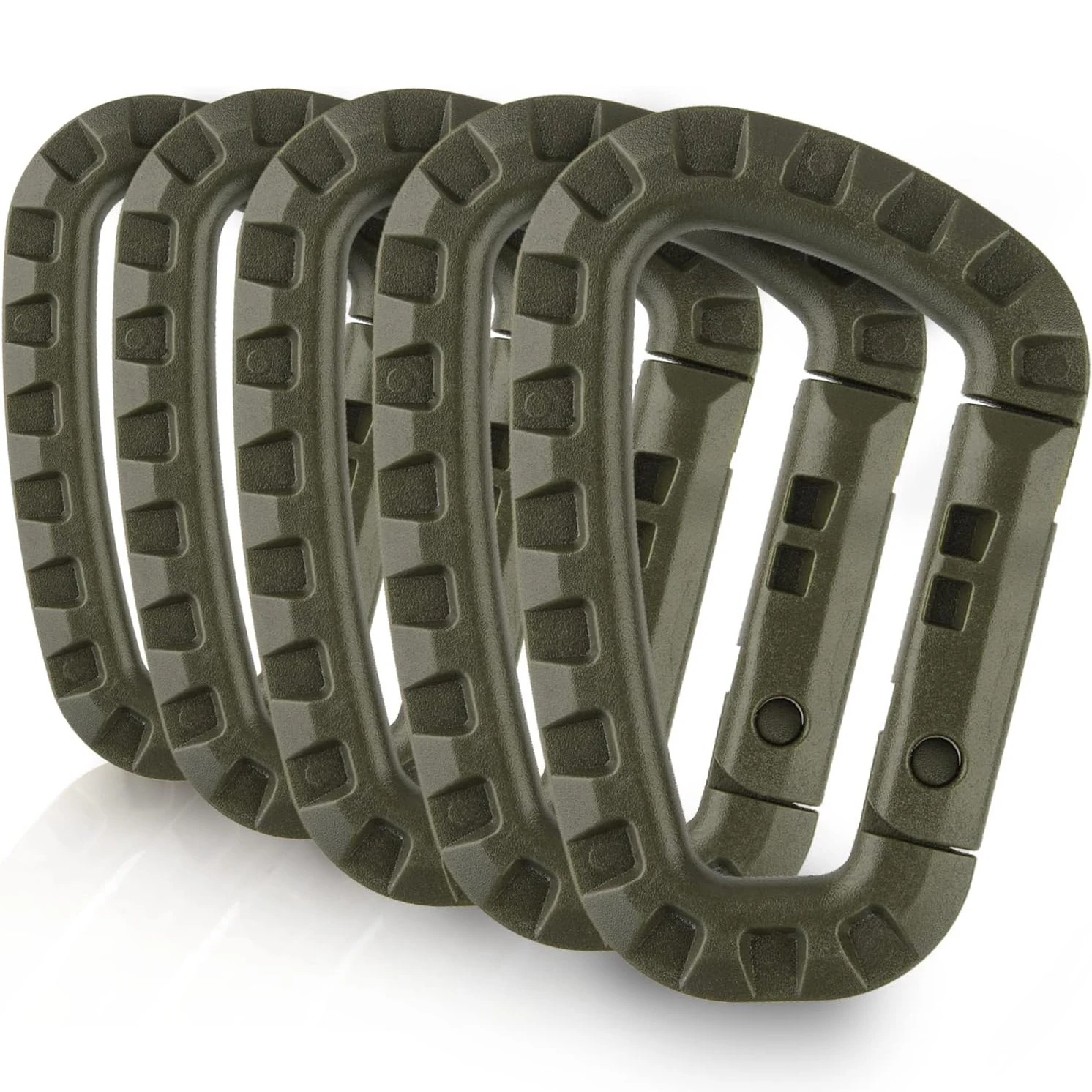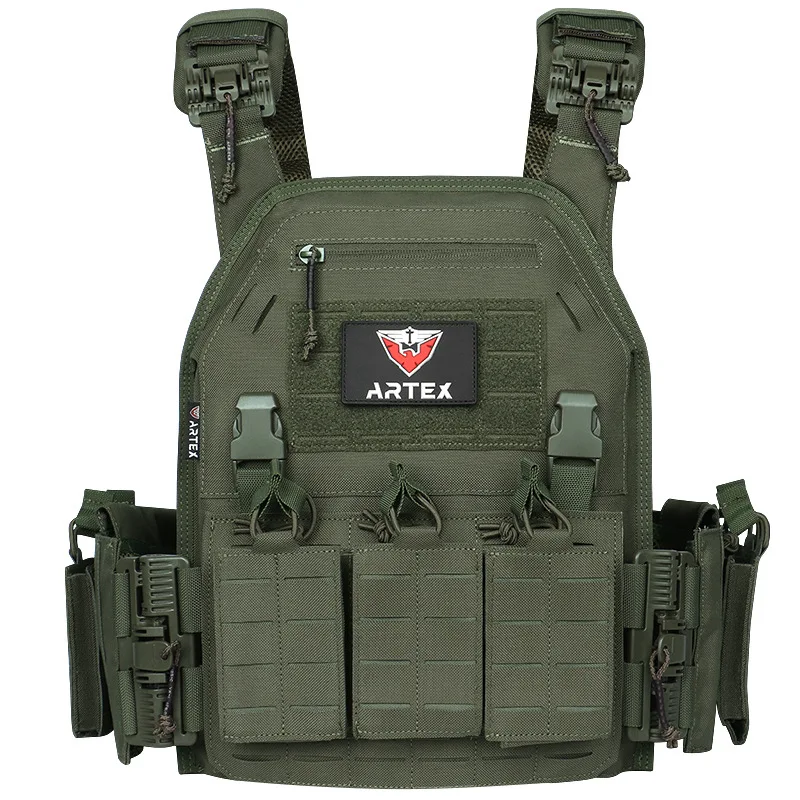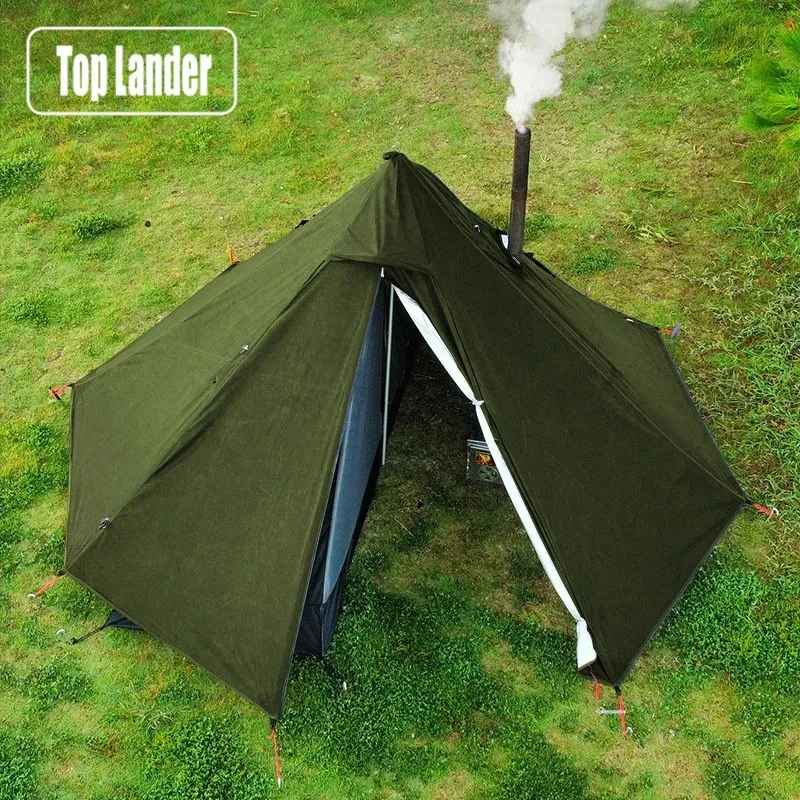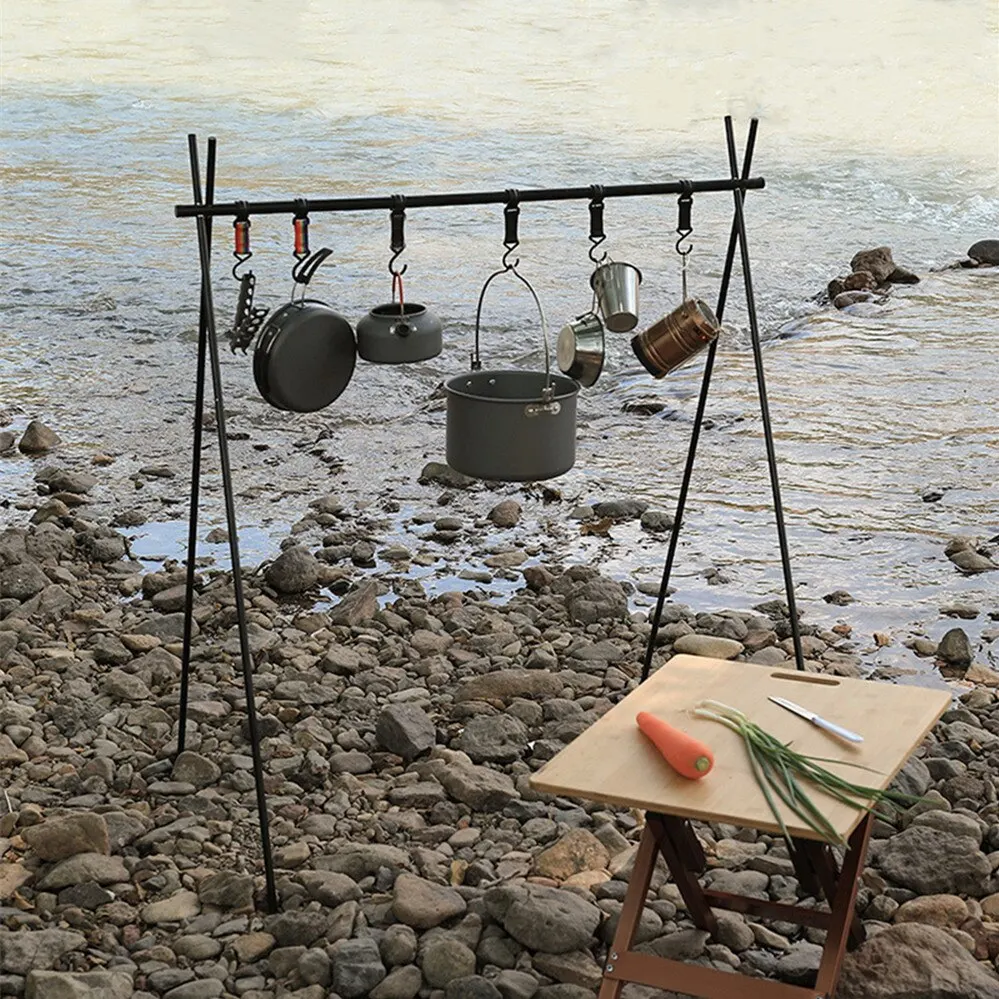Embarking on an outdoor adventure is a thrilling experience, offering the chance to connect with nature, challenge yourself, and discover new terrains. One of the most crucial aspects of ensuring a successful and enjoyable hiking trip is choosing the right pair of hiking shoes. With the myriad of options available, finding the perfect pair can be daunting. This comprehensive guide aims to simplify the process, helping you make an informed decision that will keep your feet comfortable and protected on the trails.
Understanding Different Types of Hiking Footwear
Hiking footwear comes in various types, each designed for specific hiking conditions and preferences. Here’s a breakdown of the most common types:
1. Hiking Shoes
- Best for: Day hikes on well-maintained trails
- Features: Lightweight, flexible, and low-cut, providing comfort and support for shorter hikes
- Pros: Less break-in time, good breathability, and versatility
- Cons: Less ankle support and durability compared to boots
2. Hiking Boots
- Best for: Longer hikes, rough terrains, and carrying heavier loads
- Features: Mid to high-cut for better ankle support, sturdy construction, and durable materials
- Pros: Excellent support and protection, suitable for varied terrains
- Cons: Heavier and may require a longer break-in period
3. Trail Runners
- Best for: Fast-paced hikers and trail runners
- Features: Lightweight, breathable, and designed for speed
- Pros: Minimal break-in time, excellent traction, and comfort
- Cons: Less durable and protective than traditional hiking shoes
4. Backpacking Boots
- Best for: Multi-day trips with heavy packs and challenging terrains
- Features: High-cut, robust construction, and designed for maximum support and durability
- Pros: Superior support, protection, and stability
- Cons: Heavier and require significant break-in time
Key Features to Consider
When selecting hiking shoes, several critical factors can influence your decision. Consider the following features to find the perfect pair for your needs:
1. Fit and Comfort
- Importance: Ensuring a proper fit is paramount to avoid blisters and discomfort.
- Tips: Try shoes in the afternoon when your feet are slightly swollen, wear hiking socks, and consider the space for toe splay and foot swelling during hikes.
2. Material
- Options: Leather, synthetic, and mesh are common materials used in hiking shoes.
- Considerations: Leather offers durability and water resistance but is heavier, while synthetic and mesh materials provide breathability and are lighter.
3. Waterproofing
- Pros: Keeps feet dry in wet conditions, essential for hikes in rainy or snowy environments.
- Cons: May reduce breathability, leading to sweaty feet in warmer weather.
4. Traction
- Importance: Good traction ensures stability and prevents slips on various surfaces.
- Features: Look for shoes with a durable rubber outsole and deep lugs for better grip.
5. Weight
- Considerations: Lighter shoes reduce fatigue but may offer less protection, while heavier boots provide better support and durability for challenging hikes.
How to Break in Your Hiking Shoes
Properly breaking in your hiking shoes is essential to prevent blisters and discomfort. Here are some tips:
- Wear Them Around the House: Start by wearing your new shoes indoors for short periods.
- Gradually Increase Usage: Progress to short walks and gradually increase the duration and intensity.
- Use Hiking Socks: Wear the socks you plan to use on your hikes to ensure a proper fit.
- Adjust Lacing: Experiment with different lacing techniques to find the most comfortable fit.
Finding the perfect pair of hiking shoes is a blend of understanding your specific needs, the type of hikes you’ll undertake, and the features that matter most to you. By considering the various types of hiking footwear, key features, and proper break-in techniques, you can ensure your outdoor adventures are comfortable, safe, and enjoyable.
Ready to find your perfect pair of hiking shoes? Explore our extensive collection at Basecamp Direct and step into your next adventure with confidence!
